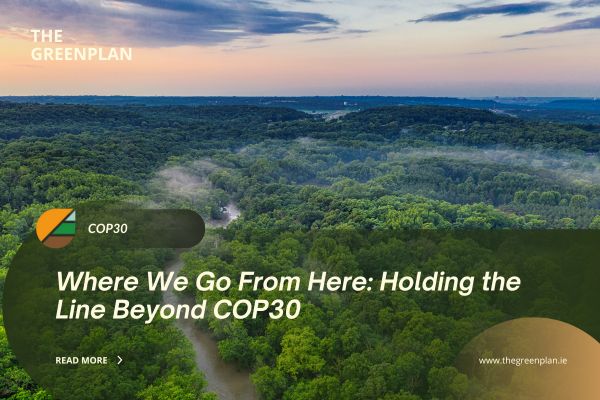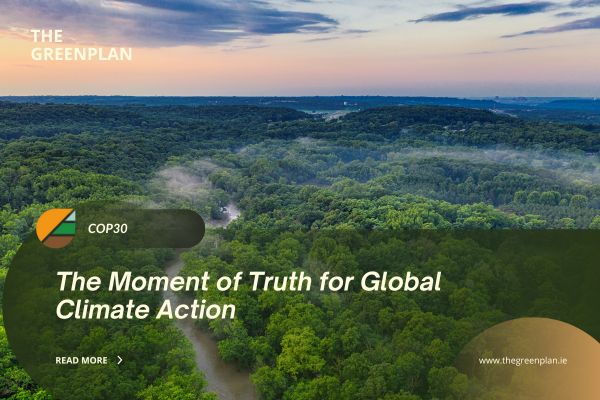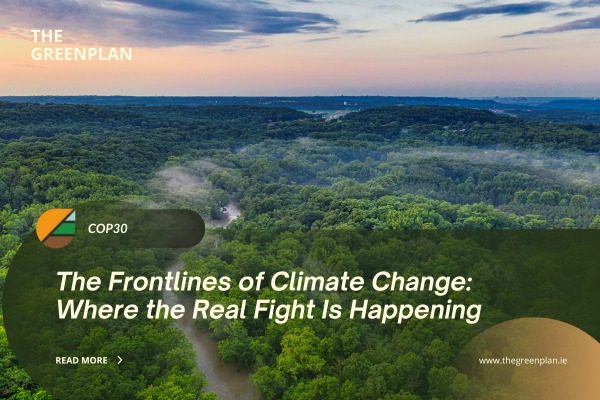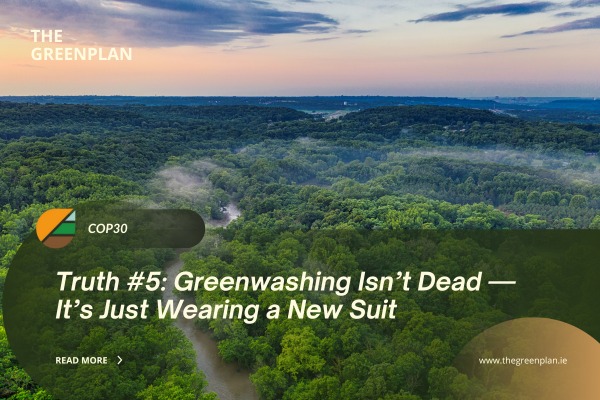With sustainability becoming a business-critical issue, more and more companies are being asked to report on their environmental, social, and governance (ESG) performance. But knowing where to start, and which standard to follow, can be overwhelming. From CSRD to GRI, SDGs to ISO, the sustainability reporting landscape is full of acronyms, frameworks, and shifting expectations.
For many businesses, especially SMEs and public sector teams, this creates serious pressure. You want to be transparent. You want to get it right. But you don’t have the time or internal expertise to decode complex reporting frameworks or build detailed ESG disclosures from scratch.
That’s where The GreenPlan steps in.
The Reporting Landscape: Who’s Asking, and Why
There are four major groups that now expect or require sustainability reporting:
- Investors — who use ESG disclosures to screen risk and opportunity
- Regulators — especially in the EU, where CSRD now applies to thousands of companies
- Grant bodies and funders — who expect environmental accountability and social impact metrics
- Procurement and supply chains — where ESG scoring affects your chances of winning tenders
Each of these groups may expect reporting aligned with different standards, but they all want the same thing: clarity, credibility, and evidence.
The Core Reporting Standards
The most commonly referenced standards include:
CSRD (Corporate Sustainability Reporting Directive)
Applies across the EU, with mandatory reporting on environmental and social performance for large companies and, soon, SMEs. Includes alignment with the EU Taxonomy and double materiality.
GRI (Global Reporting Initiative)
Used worldwide for voluntary ESG disclosures. Focuses on material topics, stakeholder engagement, and detailed transparency.
SASB and TCFD
SASB focuses on sector-specific sustainability metrics. TCFD deals with climate-related financial disclosures, now required in several jurisdictions.
SDGs (UN Sustainable Development Goals)
While not a reporting framework, many businesses map their activities against the SDGs to show global alignment and purpose.
ISO 14001
An environmental management standard often used for operational certification, but not always linked to ESG disclosures.
The Problem: Too Many Frameworks, Not Enough Action
With so many standards, businesses often fall into one of two traps:
- They do good sustainability work but don’t report it properly
- Or they focus heavily on reporting but lack meaningful internal action
This is where The GreenPlan provides a smarter approach.
The GreenPlan Simplifies Sustainability Reporting
The GreenPlan is designed to help businesses take real climate-positive action, and then align that work with global reporting expectations. It doesn’t replace the major frameworks, it supports them by giving you a clear, structured system for delivering and tracking progress.
Through our 7 Theme model, you build out real improvements across carbon, waste, travel, procurement, biodiversity, and more. As you progress, The GreenPlan gives you the tools to:
- Map actions to SDG goals
- Align with CSRD criteria
- Track ESG-relevant outcomes
- Show measurable impact for investors, funders, and procurement teams
- Prepare for future reporting obligations, even if you’re not yet legally required to comply
A System That Grows with You
TGP works whether you’re:
- Just starting out
- Responding to a tender or investor due diligence
- Preparing to comply with CSRD or national frameworks
- Looking to create your first ESG or sustainability report
We remove the jargon, add the structure, and give you the tools to track and report without overwhelm.
What Businesses Should Do Next
If you’re confused by reporting standards, you’re not alone. But waiting until the pressure builds isn’t a strategy.
Start now by building the internal systems that make reporting easier later. That’s what The GreenPlan delivers: a foundation for action, progress tracking, and reporting support, all in one place.
Whether you’re applying for funding, responding to ESG criteria, or preparing your first sustainability report, we’re here to guide you.
The frameworks may be complex, but your plan doesn’t have to be.
